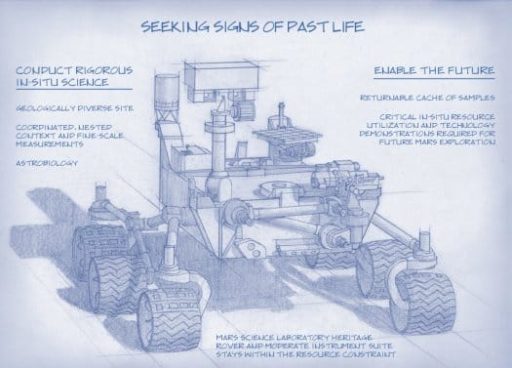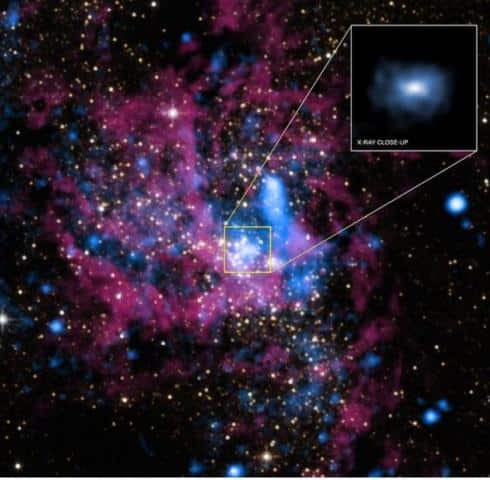Europa is the icy moon of the largest planet Jupiter. NASA wants to send a mission to Europa and now the space agency is accepting ideas from people for that mission.
For long time, NASA researchers have suspected that Europa contains liquid water underneath its top layer of ice. NASA’s Hubble space telescope has already captured some images of Europa, showing the moon spouting a possible water vapor which went 200 kilometers (about 125 miles) above the surface from its south pole. So NASA scientists are considering Europa one of the best candidates for life in the entire solar system, thanks to its subsurface ocean and active plumes.
Therefore, lately NASA has announced that it wants to organize a robotic mission. Although for a mission, the agency usually does’t take any opinion from general people, in this case NASA is taking ideas from general people about the mission. It is to be noted here that the Europa mission will do the following things:
- Characterize the extent of the ocean and its relation to the deeper interior
- Characterize the ice shell and any subsurface water, including their heterogeneity, and the nature of surface-ice-ocean exchange
- Determine global surface, compositions and chemistry, especially as related to habitability
- Understand the formation of surface features, including sites of recent or current activity, identify and characterize candidate sites for future detailed exploration
- Understand Europa’s space environment and interaction with the magnetosphere
John Grunsfeld, associate administrator for the NASA Science Mission Directorate, said in a press release, “Europa is one of the most interesting sites in our solar system in the search for life beyond Earth. The drive to explore Europa has stimulated not only scientific interest but also the ingenuity of engineers and scientists with innovative concepts. This is an opportunity to hear from those creative teams that have ideas on how we can achieve the most science at minimum cost.”
NASA scientists believe that mission to Europa will help them understand the complexities of this moon and its potential for life. So tell us what are your ideas for the mission to Europa in the comments box below.
Source: NASA
[ttjad keyword=”atnt-contract-phone”]



